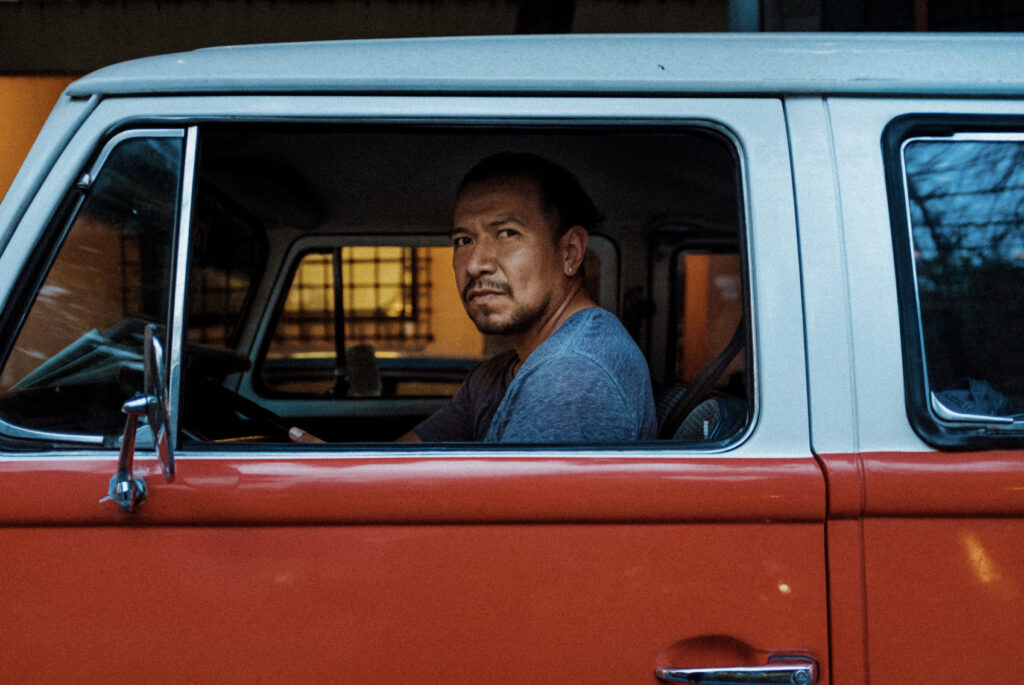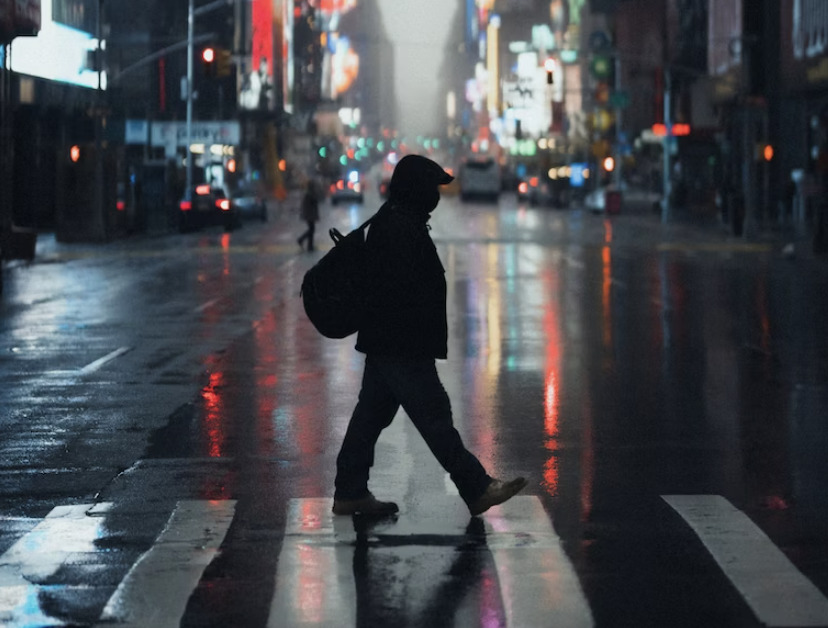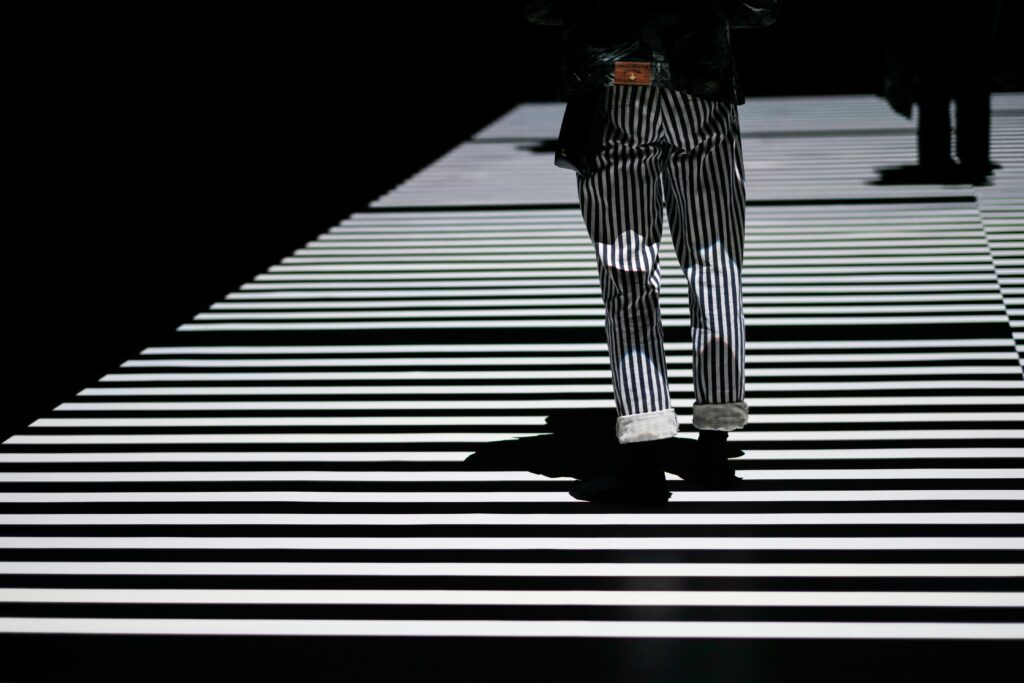Of all the concepts, terms, and phrases associated with photography, one of the most common is “the decisive moment.”
Popularized by French photojournalist and street photographer Henri Cartier-Bresson, the decisive moment is a concept that is essentially about perfect timing. You can press the shutter before something happens or after something happens, and in either case, you’ll end up with a boring photo.
The decisive moment is about what happens in between those two points. But how do you know when that moment is? If you can’t manipulate reality and create these moments on demand, what should you be looking for? How do you know when to press the shutter? Does it all come down to luck?
Keep reading to discover four steps that will help you successfully capture decisive moments with your camera.
Setup
You can’t control what happens around you, but you can set yourself up for success by removing some degree of randomness. Rather than wandering around hoping for a bit of serendipity, make a deliberate decision about your working environment.
- Find a place that appeals to you — someplace with good light or interesting architecture or somewhere you know fascinating characters tend to congregate. Then within that setting, scope out a scene.
- Don’t overcomplicate this step. You are simply finding a good composition and waiting for life to happen inside the confines of your chosen frame.
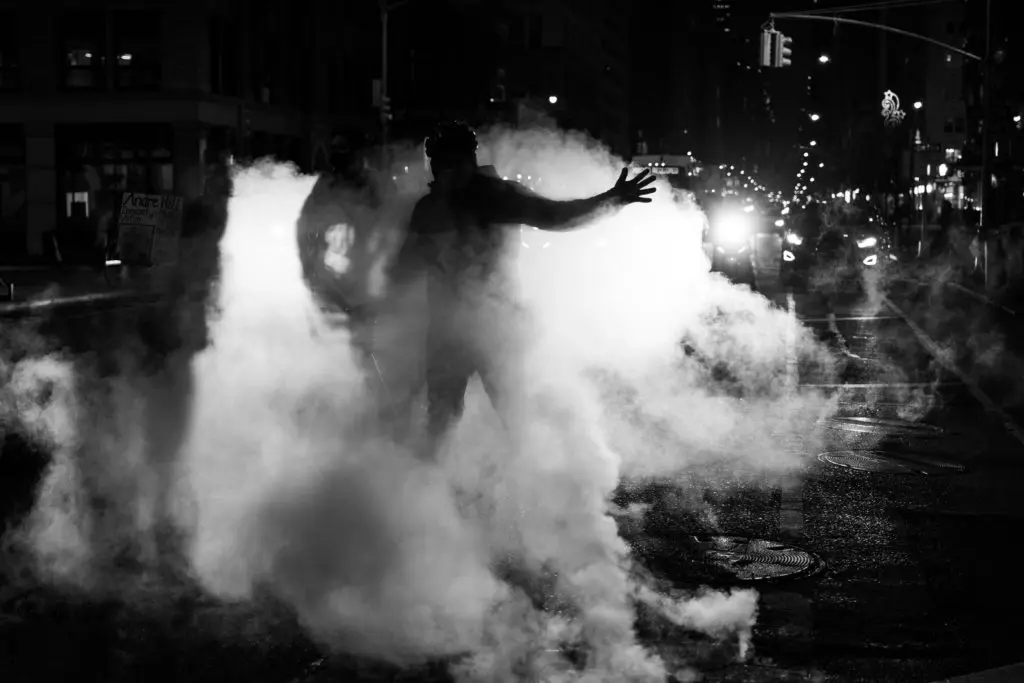
Waiting Game
Patience is crucial. But this step in the process is more than just waiting until someone enters the frame. One of the most important things you can do is watch people, so don’t be content with snapping a shot of the first person that walks by.
- Stay there and observe the people that float in and out of your frame. Is there some nearby object that they tend to glance at?
- A shaft of light they pass through?
- Do you happen to be in an area where people are dressed similarly?
The information you glean through observation will help you understand how people move and behave which, in turn, will help you refine your sense of anticipation.
Being able to predict with some degree of accuracy what a shot will look like will help you know when to press the shutter.
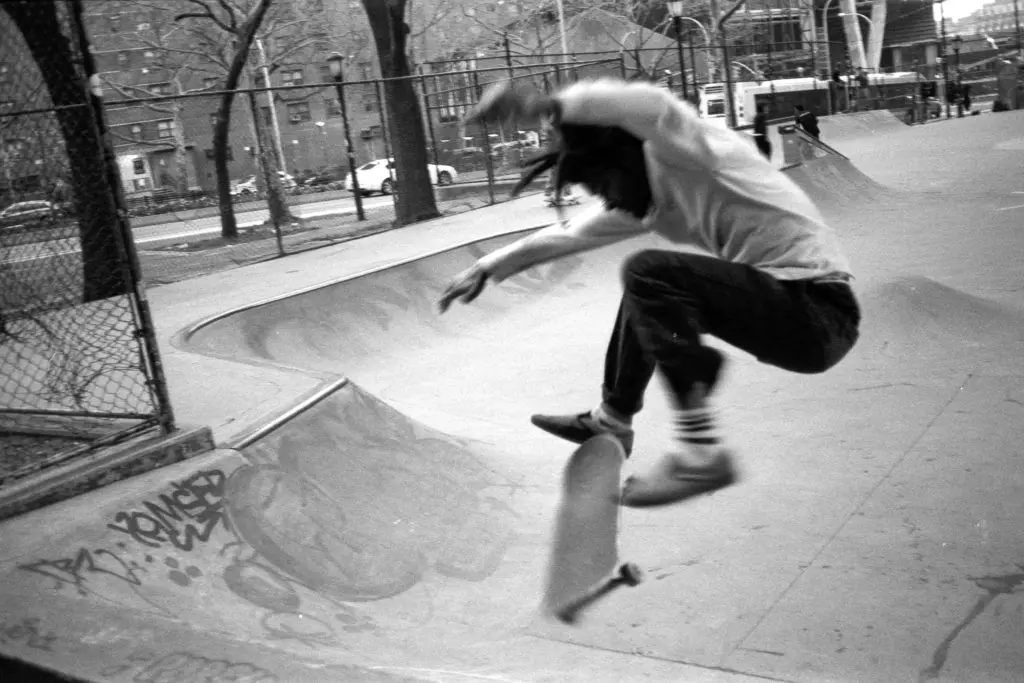
Dynamics
Another reason capturing the decisive moment can be a challenge is because the most captivating street photos often portray motion rather than a static subject. Think of photos by Elliott Erwitt and the aforementioned Henri Cartier-Bresson that depict subjects jumping.
These photographs would certainly be pleased to look at if the subjects were standing still, but the motion captured lends them the kind of dynamism that makes a photo so much more memorable.
Your photo, regardless of subject or setting, should suggest that something is happening, even if it's subtle. Hence, your search for the decisive moment.
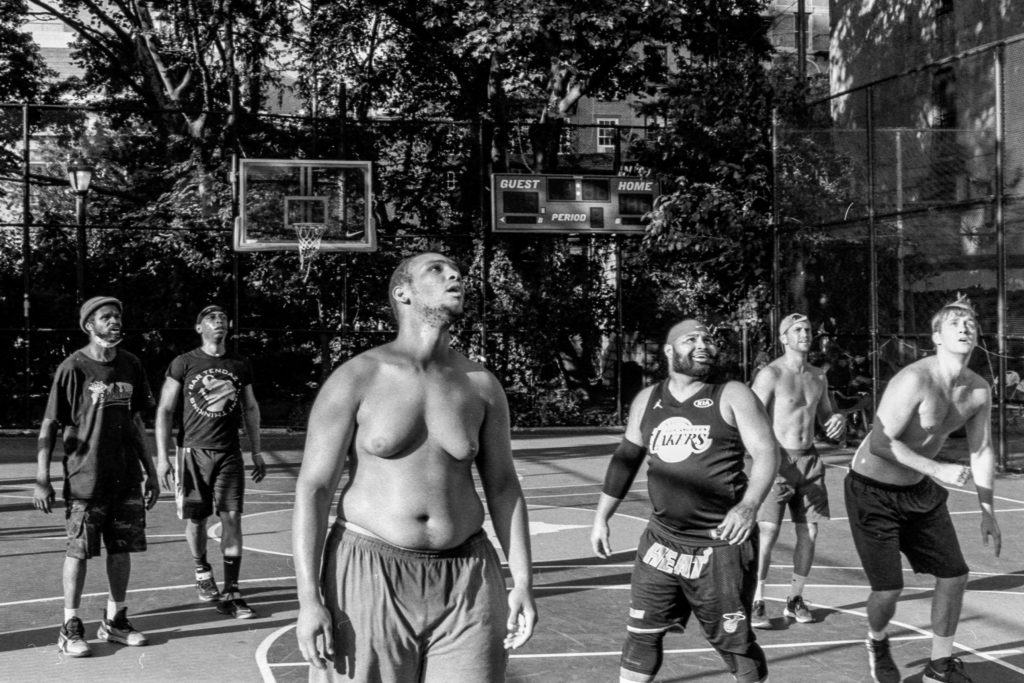
Pace
Pace yourself. Slow down. This is about more than being patient, it’s about being present and aware and relying on good technique.
The pray-and-spray method is ultimately going to disappoint you; you shouldn’t expect to get a good shot just because you’re squeezing out 30 frames per second. Your camera can’t “see” but you can. You’re the one who is responsible for anticipating the decisive moment.
That doesn’t mean take a single frame and call it day. There’s nothing wrong with capturing multiple frames — the third shot out of five might be the best one. The point is that you’ve already put something thought into your composition and framing, you’re not just haphazardly clicking away.
In short, be deliberate about your process and you will undoubtedly be happier with your results than if you were regularly relying on luck.
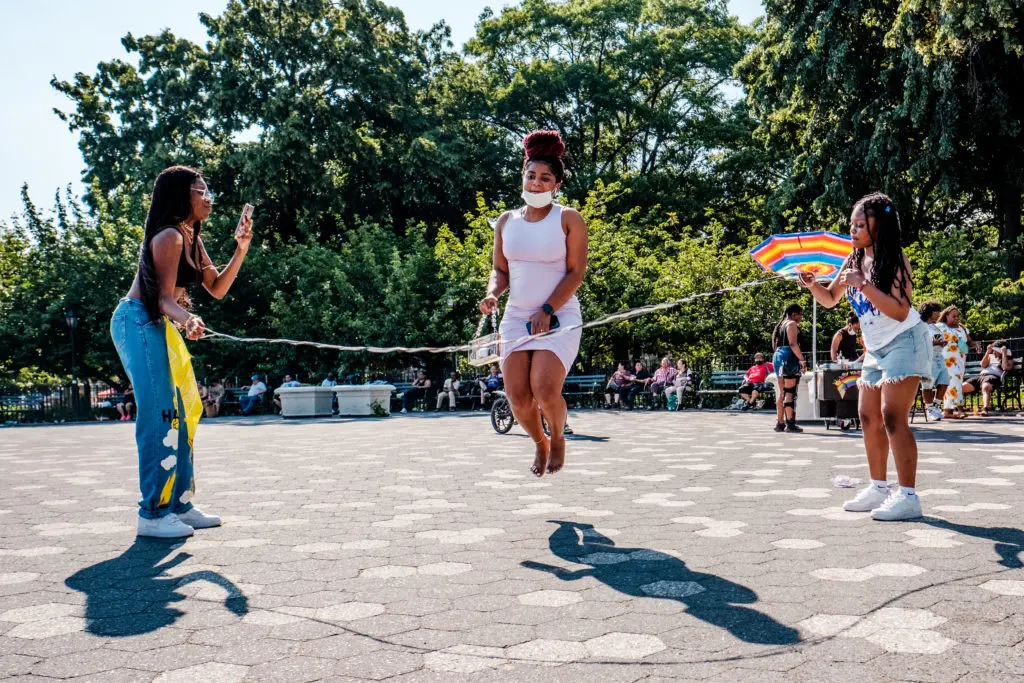
Final Thoughts
It might seem there is a lot to consider when attempting to capture a decisive moment. How can anyone think about so many different elements and pay attention to so many different environmental factors?
The answer is practice.
Now go do it and have fun while you’re at it.
Further Reading:
- 9 Street Photography Tutorials To Hone Your Skills
- List Of Resources For Street Photography
- 10 Best Cities For Street Photography… In The World!
- These Street Photography Tips Will Help You Master The Craft
- The Decisive Moment: What It Is And Why It’s Important In Photography
- The Decisive Moment As Henri Cartier-Bresson Truly Meant it


